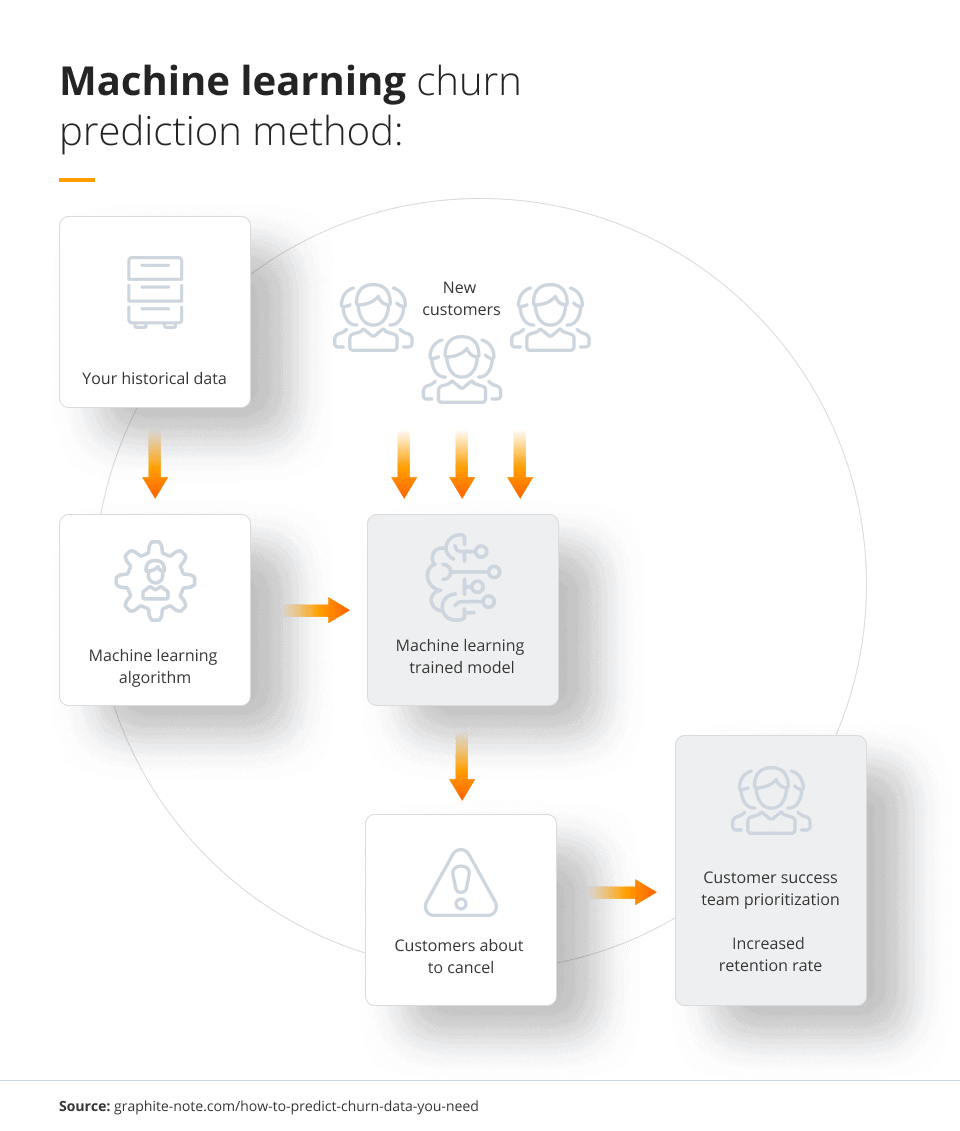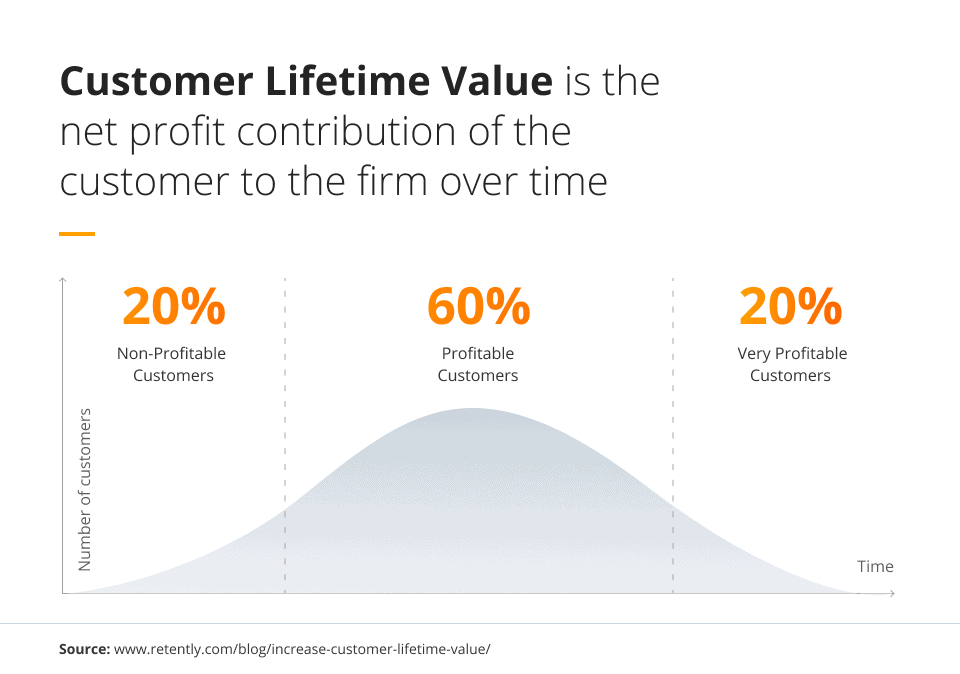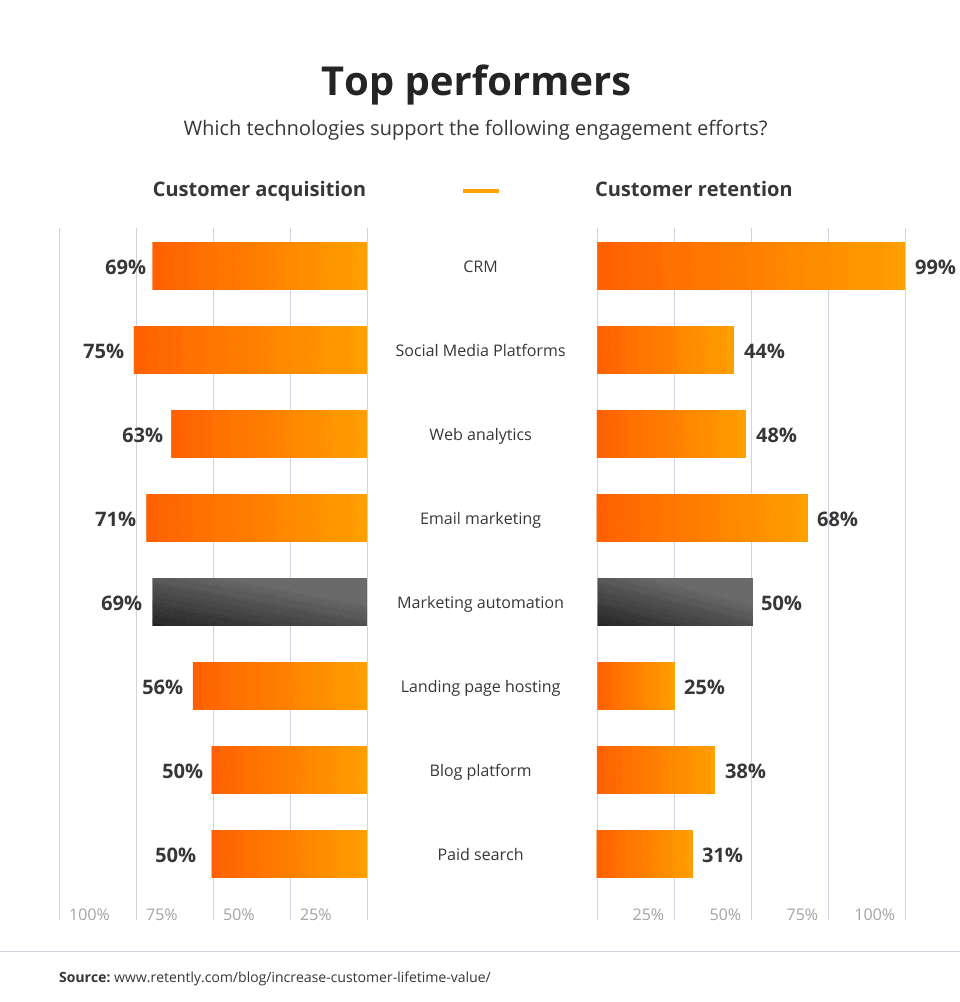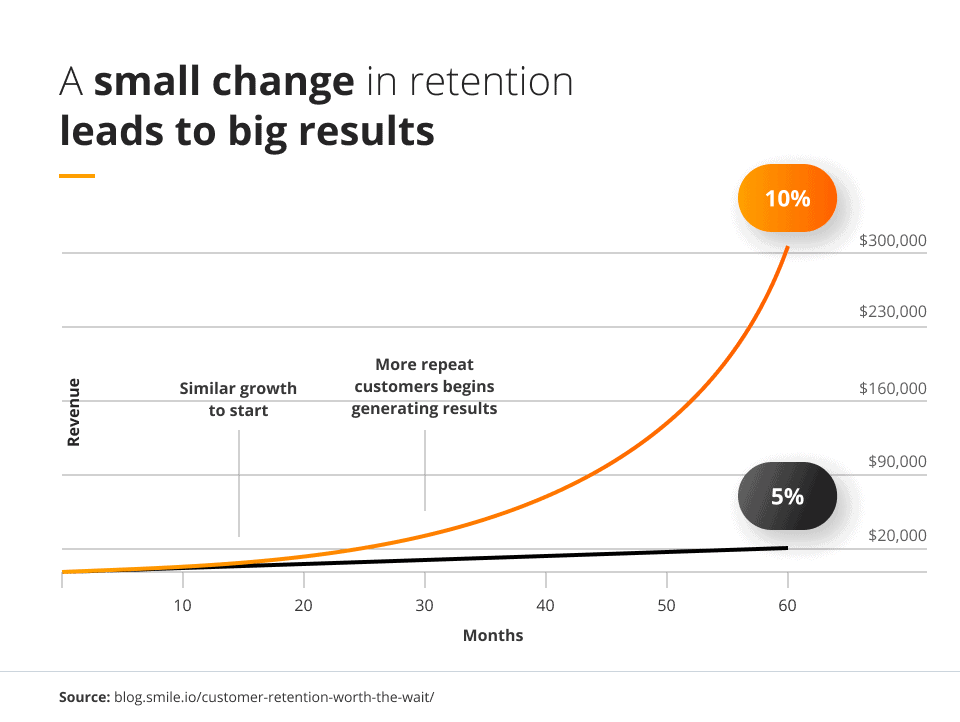
Reducing churn with Artificial Intelligence
Churn has continued to be a growing problem for numerous companies in various industries, as industries have become oversaturated with competitors in the era of digital commerce. With thousands of possible competitors all across the globe, companies face increasing pressure and observe increasing amounts of churn.
To combat churn, companies have started to turn to artificial intelligence (AI) applications that use predictive analytics to successfully determine when and how churn might be happening, which can help companies preemptively combat and reduce churn.
Churn Prediction Using AI
One of the ways in which firms can use artificial intelligence to retain more customers is to conduct churn prediction. By using various AI services to gauge customer behavior, firms can reliably predict customer churn and track the various factors that may account for it.
In the modern era, data is the currency of digital storefronts, and optimizing data usage is the holy grail of all business processes. One way that firms can attain this goal is by integrating machine learning algorithms. These algorithms can use customer demographics to reliably return the consumers who are at the highest risk of churning.
Various inputs are needed to help ensure accurate predictions, so ensuring that there is proper research conducted on the market is a must for any firm looking to implement AI services. Some of the best inputs to use for machine learning algorithms include customer demographics, transactions, pricing, economic factors, competitor activity, consumer behavior, customer journeys, and more. Essentially, the more variables that are fed into the service, the better it will be able to predict consumer behavior.
Determine Intervention Timing with AI Churn Applications
Churn prediction and intervention require the correct timing on when to get involved as a business. A churn prediction model may be able to help determine levels of churn and ways to reduce customer churn. However, to successfully reduce customer churn, the time to intervene must be determined carefully. Intervention timing can be tricky, but AI churn applications can be used as an effective tool in determining this and reducing customer churn.
Identifying Trigger Events
Trigger events are events that cause a customer to want to stop doing business with a company. These are usually events that are within the control of businesses and include instances in which customers felt undervalued or disrespected even once, giving them reasons to leave. To identify these important trigger events, AI applications can be leveraged and utilized.
Generally, customers are not usually forthcoming with their motivations for leaving, but to determine any reasons as to why customers wish to leave, historical data can be aggregated to identify potential triggers. Potential triggers for customers include price hikes, service outages, and customer service interactions. These can all be prevented or mitigated, and AI systems can categorize customer behaviors occurring due to these changes and test whether such events are leading to customer churn.
Use AI to Intervene at the Right Time
Following the usage of applications that can adequately determine when a customer is most likely to leave a company, that business can then intervene in an immediate manner. Numerous software solutions available send alerts when individual customers or customer accounts are likely to churn, providing companies with sufficient notice to take remedial actions to retain these customers.
These remedial actions can be manual, or they can be automated, using AI to enhance the promptness of such actions. For manual actions, customers can be reached out through phone, email, or social media, offering them discounts or sales that would entice them to stay with the company further rather than leave.
While this is effective, an AI-powered solution could perform this action faster and without the need for human action. For example, customers could be enticed through AI-prompted customer interactions such as reaching out, providing support, asking if they need help, or providing a promotional offer. All of these demonstrate how AI can be used to intervene and prevent customer churn in a timely and efficient way.
Two More Action Steps to Leverage AI
Following the first step, intervention, there are two more action steps that need to be taken to successfully leverage the power of AI in reducing churn:
Acquisition
The possibility of more customers churning is not just predicted by their profile elements or interactions with the business. It is also predicated on the acquisition channel (Google Adwords, social media, content marketing, partner referrals, etc.).
Based on the predictive analysis performed per channel, companies can target the most lucrative users who would provide the best retention and customer lifetime value. They can tailor their products to these customers, allowing them to maximize their long-term profits and success without sacrificing real value.
Experience
Additionally, a better customer experience also helps to reduce customer churn. For example, in each acquisition channel, color, font, user flow, and other parts of the experience are all things that ultimately impact churn. With AI and behavioral analytics, companies can ascertain where to focus their efforts on tweaking the user experience to reduce customer churn.
Automating Customer Retention and Modeling Customer Sentiment with AI
As automation becomes more commonplace in today’s business world, there is no reason why it should not be applied to customer retention, customer churn, and customer sentiment modeling strategies. With the power of artificial intelligence (AI) and machine learning (ML), customer retention rates and customer loyalty can be amplified while churn can be reduced.
As seen in the graph below, marketing automation, which includes automating customer retention, is one of the top performers in engaging both new and old customers.
Automating the Process of Offering Incentives to Keep At-Risk Customers
The most useful process to automate is the process of offering incentives to keep at-risk customers – customers that are about to or at risk of churning. The automation of the process can begin with the prediction of at-risk customers with Machine Learning (ML). ML can identify trends within consumer habits to identify which customers are at risk of churning.
When it is predictable to determine when a customer is most likely to churn, incentives can be offered at the right time. These incentives can be automated with the power of AI and machine learning models. An AI platform, Tellius, automates customer retention by ‘offering the right incentive at the right stage of the customer journey before a customer cancels or defects.’
With ML, platforms like Tellius can determine which offers will best persuade customers to maintain their loyalty. They can then personalize that specific offer to play a major role in increasing customer retention rates.
4 More Ways to Automate Customer Retention
There are a plethora of ways to automate customer churn. However, automating these aspects will lead to the greatest benefits and keep bringing in new customers without sacrificing the customer experience. As seen in the graph below, a small change in retention leads to significant changes in revenue. Therefore, automating customer retention in as many ways as possible is vital to an organization’s ongoing success.
Stay Updated About Customers
The best way to predict churn is to stay updated about customers to act on the most up-to-date information. It is vital to know where leads are in order to ensure a smooth customer journey and eliminate any churn tendencies.
Reach Out at the Right Time
Reaching out at the right time is similar to offering incentives at the right time. Automating the process of following up on leads instantly can scale outreach efforts without sacrificing the quality of communications. This form of automation is simple but effective. An example can be sending automated check-ins through email.
Ask Customers for Feedback
Asking for feedback and constructive criticism is crucial for a business to recognize what is working and what is not working. Even though feedback can shine a negative light on certain aspects of a business, it can also improve product and buyer experience. Furthermore, positive reviews often outshine negative reviews and can lead to more clients and even eliminate instances of presumed churn in existing clients.
Thank Customers and Clients
Finally, saying “thank you” can go a long way, especially when it’s automated. Showing gratitude fosters long-term relationships, which can minimize churn. After all, the best customer is a returning customer that will consistently and undoubtedly stay loyal and purchase an organization’s product or service.
Analyzing Customer Sentiment
In short, analyzing customer sentiment means analyzing customer interactions to predict how they are going to act and prevent churn. Analyzing customer sentiment can be automated by natural language processing (NLP), which analyzes the data from emails, reviews, text messages, and phone calls to identify which services need to be altered or improved. This data is often used to update technologies, retrain customer service, or modify products.
Conclusion
Churn reduction can be handled in different ways by companies, but various methods, including AI, have been found to utilize customer data and predictive analytics to help reduce the churn rates that companies face to the greatest extent.
AI has grown increasingly important in today’s digital marketplace. Companies will soon find themselves lagging behind their competitors and dealing with massive customer churn rates if they fail to implement AI applications to reduce churn successfully in an immediate and timely manner.









